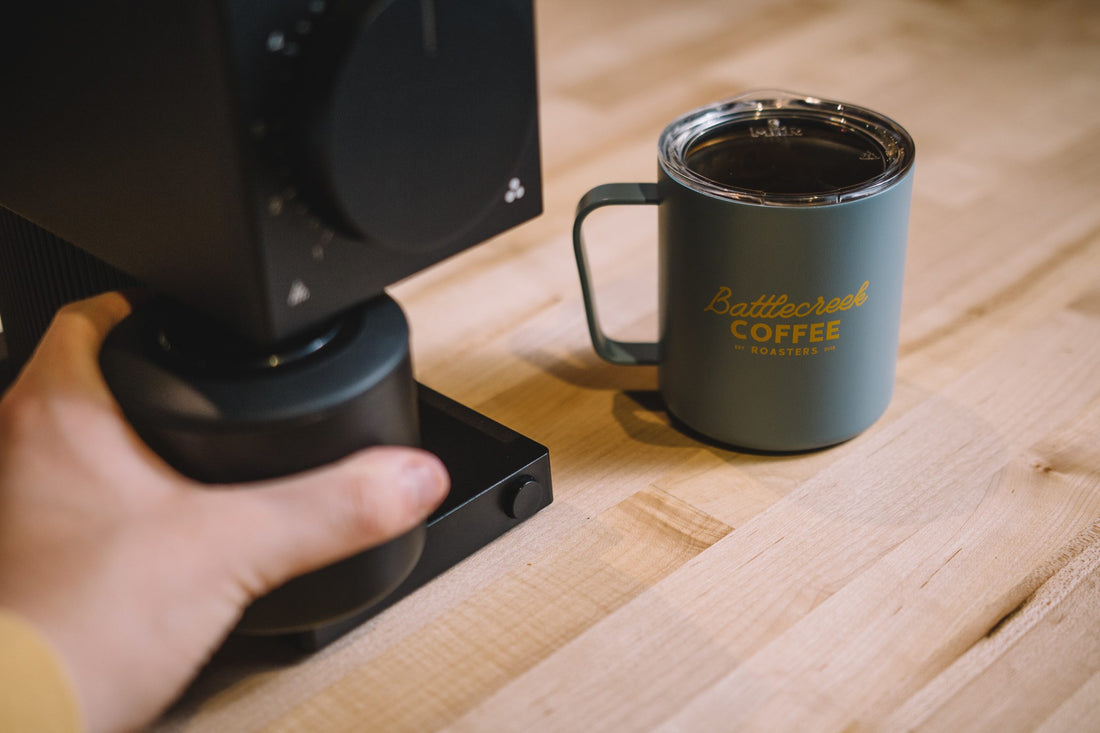When done right, promotional swag can be one of the most effective ways to build brand recognition and loyalty among your target audiences. According to a recent survey of 2,000 Americans conducted by OnePoll and VistaPrint, approximately 76% of customers agree that promotional products have improved their perception of a brand in a positive way.
On top of that, 38% claim they are more likely to follow a business on social media after getting a branded product from the business. And this doesn’t apply only to big name brands. In fact, nearly half of U.S. customers say they would prefer to receive a promotional product from a small business or unknown brand.
But in today’s world, it’s no longer acceptable to choose the cheapest product you can find, stamping your logo on it, and giving it out at your next event. In order to create promotional swag that customers will keep, remember you by, and appreciate for years to come, there are a few elements you should consider.

1. Choose useful items
When asked to describe their ideal promotional product, people say the most important factor is how useful the product is. As a result, it’s no surprise that handy items like pens, T-shirts, mugs, and water bottles appear at the top of consumers’ wish lists.
What does this mean for business owners? While it may be tempting to prioritize novelty over functionality, think again. Beautiful products without a practical purpose are more likely to end up stowed away in a drawer.
2. Focus on quality and sustainability
In the survey, 44% of participants said it’s the quality of the promo products they receive that makes them loyal to a brand. To prevent your swag from reflecting badly on your brand, make sure to select quality items that are made to last. Consider ordering a smaller quantity as a test run to see and feel the product before making a bulk order.
Additionally, consumers nowadays are making more conscious choices, especially the younger generation. To connect with your audience, consider ordering branded swag from suppliers committed to reducing their environmental footprints. Eco-minded customers are also drawn to reusable items, such as tote bags or recycled water bottles.
3. Create an eye-catching and unique design
Design matters. When asked about the design of their swag products, U.S. consumers said they prefer products that are unique and eye-catching. In most cases, a simple design works best, and it allows you to deliver a clear message.
Looking for ways to create that eye-catching and unique design? Hiring a professional designer is a great option. You can also find tools and templates online to create fresh designs or your own business logo.
4. Know your audience
Useful, quality products that cater to your customers’ needs is the best way of getting your brand out there in a memorable way, but for that, you should have a good understanding of who your customers are. The demographics around your target audience, such as age group and geography and their interests, will heavily influence items and design aspects you use to appeal to them.
Moreover, the swag items you select may also differ depending on where you are handing it out. For example, if you’re at a corporate event or trade show, you may want to consider USB drives or portable chargers, whereas at a fundraiser you may opt for T-shirts.
Leveraging promotional swag to generate brand awareness and loyalty among your audiences can be a great way to take your marketing to the next level. Keeping these four tips in mind will help your brand stay relevant and top of mind.

